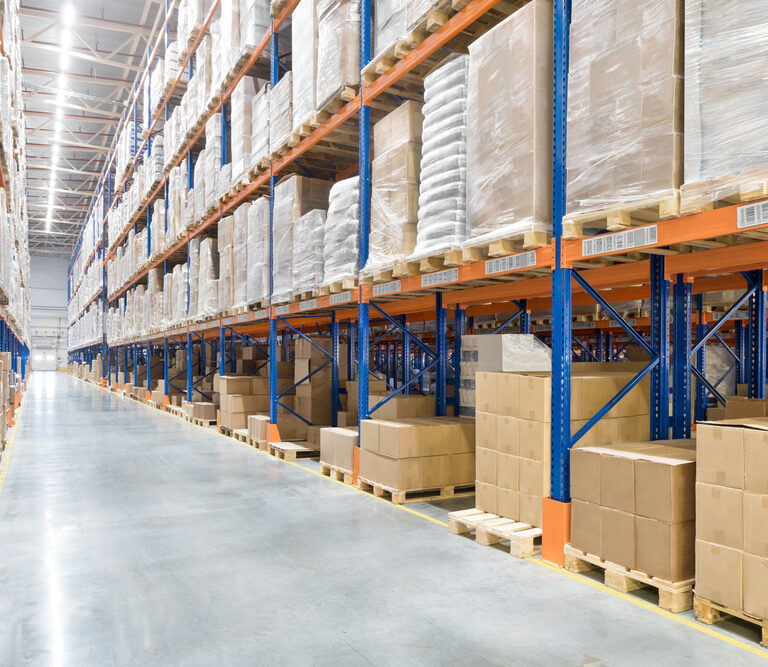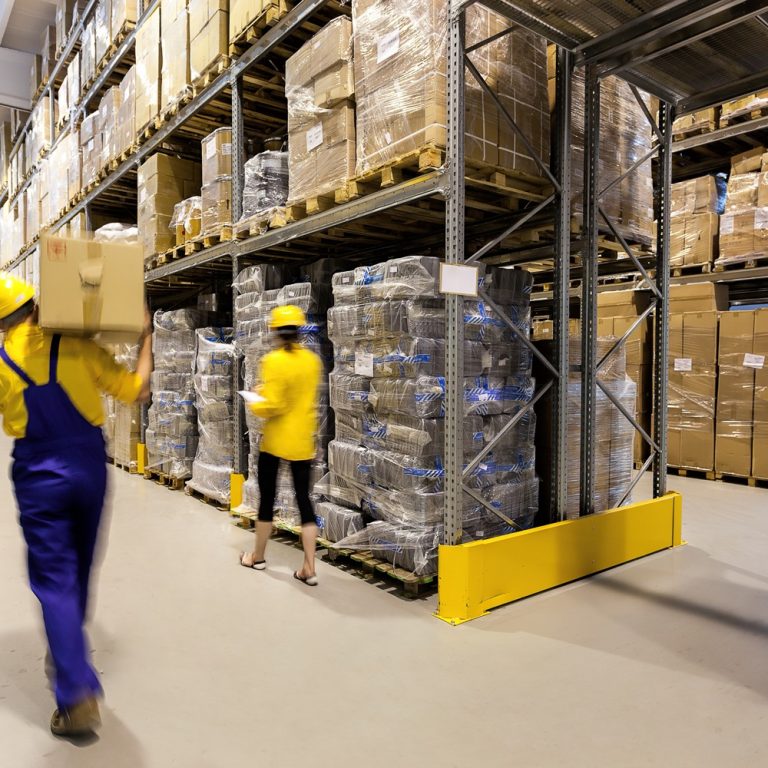Today’s retailers are competing with e-commerce giants to meet evolving customer expectations to receive items anywhere, anytime and as quickly and cost-efficiently as possible. In trying to stay competitive, many businesses are overspending on logistics and missing out on potential cost-saving opportunities.
It’s important to understand current costs and industry averages before identifying efficiencies and areas of improvement or cost savings. Then, analyse the supply chain from end to end, starting with transportation as the biggest cost driver, as well as inventory optimisation and labour management.
What is Logistics Cost Optimisation?
Logistics cost optimisation is the process of identifying, analysing and reducing unnecessary expenses across all areas of supply chain operations without sacrificing service quality. It involves assessing all major cost drivers, including transportation, warehousing, inventory and labour, and implementing data-driven strategies to improve efficiency throughout the logistics network.
Companies can often achieve about 10 to 20 percent annual savings while also improving delivery performance.
How to Find Cost-Saving Opportunities
Businesses can identify cost-saving opportunities by performing a comprehensive logistics cost audit. Map out all supply chain processes and analyse transportation expenses while benchmarking costs against industry norms. Real-time analytics tools can help reveal hidden costs, such as inefficient routes, unnecessary expedited shipping fees or excessive freight charges.
Key Cost Drivers
Understanding major cost drivers associated with product warehousing, distribution and transportation is vital, especially as U.S. business logistics costs continue to rise.
Each year, the Council of Supply Chain Management Professionals (CSCMP) and its research partners produce the Annual State of Logistics Report. According to the 2025 report, business logistics costs reached $2.58 trillion in 2024, a 5.4 percent increase from 2023.
It’s clear that transportation costs are becoming a challenge for the modern supply chain. While certain external factors may not be controllable, for instance tariffs, carrier surcharges, etc. there are other ways to optimise logistics spend for betting margins.
Proven Logistics Cost Optimisation Strategies
Several strategies exist for optimising logistics costs:
Optimise Transportation
Starting with transportation, we recommend the following cost reduction strategies:
- In normal market conditions, strategic sourcing can unlock 3 to 15 percent savings, depending on the mode and other variables in the shipper’s profile.
- For more freight-centric shippers, consider a transportation management system (TMS) to take advantage of the following opportunities:
- Shifting from historically static routing guides to more dynamic ones, unlocking 2 to 5 percent savings
- Optimisation for things like less-than-truckload (LTL) shipment consolidation, increased truckload and multi-stop loads, reducing costs 5 to 20 percent
- Usage of carrier pool points, reducing parcel and traditional LTL, saving 2 to 6 percent
- Conversion of truckload to intermodal, where transit times permit, saving 5 to 10 percent
- Reduction of rogue spend and strategic sourcing leakage
- For parcel-heavy shippers, consider the following:
- Usage of freight audit and payment applications
- Quantification of last-mile spend to ensure order profitability is not negatively impacted
- Review of mode and service-level optimisation opportunities
Reduce Inventory Carrying Costs
Using demand forecasting tools can prevent overstocking and reduce storage fees. Lowering costs associated with holding excess inventory offers sizeable savings opportunities.
The following strategies can help reduce inventory carrying costs:
Streamline Order Management
Adopting automated order processing systems can reduce labour costs and manual errors. For example, implementing or upgrading order management software can yield savings of 2 to 10 percent and provide benefits such as:
- Real-time inventory visibility
- Order orchestration
- Identification of best ship method based on inventory position (such as a ship from store platform, vendor dropship or fulfillment from the nearest distribution center based on desired service level and shipping costs)
- Minimisation of split orders, which increases overall shipping costs and erodes profitability
- Efficient returns processing
Enhance Warehouse Management
The implementation or upgrade of a warehouse management system (WMS) offers savings of around 10 to 15 percent. Benefits include:
- Inventory visibility for increased order fulfilment rates and reduced backorders
- Task optimisation, resulting in the minimisation of order fulfilment and execution with built-in functionality such as task interleaving, labor management and allocation algorithms to optimize order priority, reduce travel and assign the right person to the right task at the right time
- Standards integration to automation, warehouse execution systems and warehouse control systems
- Integration to transportation management systems for improved shipment management and customer service
- Traceability of products for potential product recalls by attributes such as lot, batch and serial numbers
Improve Labour Utilisation
Cross-training employees and using robotics or AMRs for frequent, repetitive tasks can maximise productivity. Labour management systems provide 10 to 15 percent savings on top of WMS implementation and benefits, such as:
- Ability to conduct labour planning scenarios based on projected volumes and past data to execute results
- Expected time to complete information available before task execution, giving workers daily goals
- Near real-time reporting engines, allowing for immediate corrective action or resource redeployment throughout the day
- Basis for incentive- or variable-based pay for associates who exceed daily and weekly production goals
Benefits of Effective Logistics Cost Optimisation
Companies that prioritise logistics cost optimisation enjoy diverse financial and operational benefits, such as:
- Lower operational expenses and improved margins
- Shorter lead times and improved delivery performance
- Enhanced supply chain resilience through reduced bottlenecks
- Better alignment between logistics spending and customer expectations
Next Steps for Reducing Logistics Costs
Start by measuring existing logistics costs with a baseline assessment, then prioritise relatively easy changes that offer significant benefits, such as renegotiating supplier contracts or consolidating shipments.
Partner with an expert logistics consulting company for greater insights and benefits. Working with a professional can help businesses optimise costs quickly while affording access to advanced technology and analytics.





